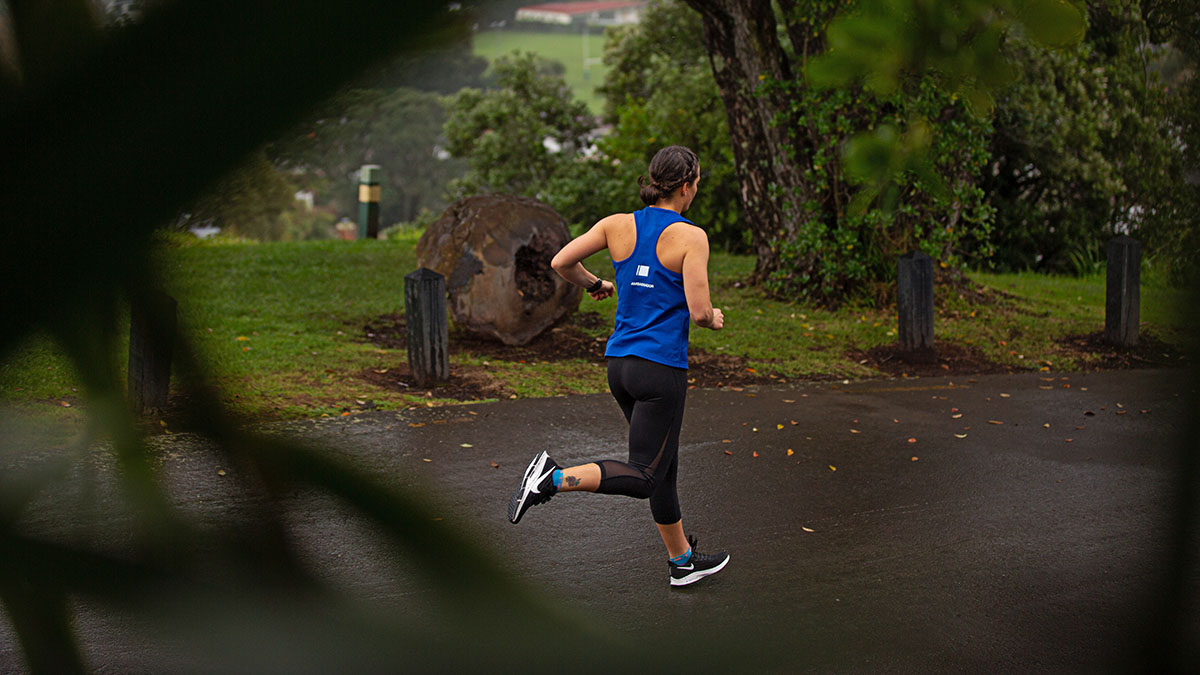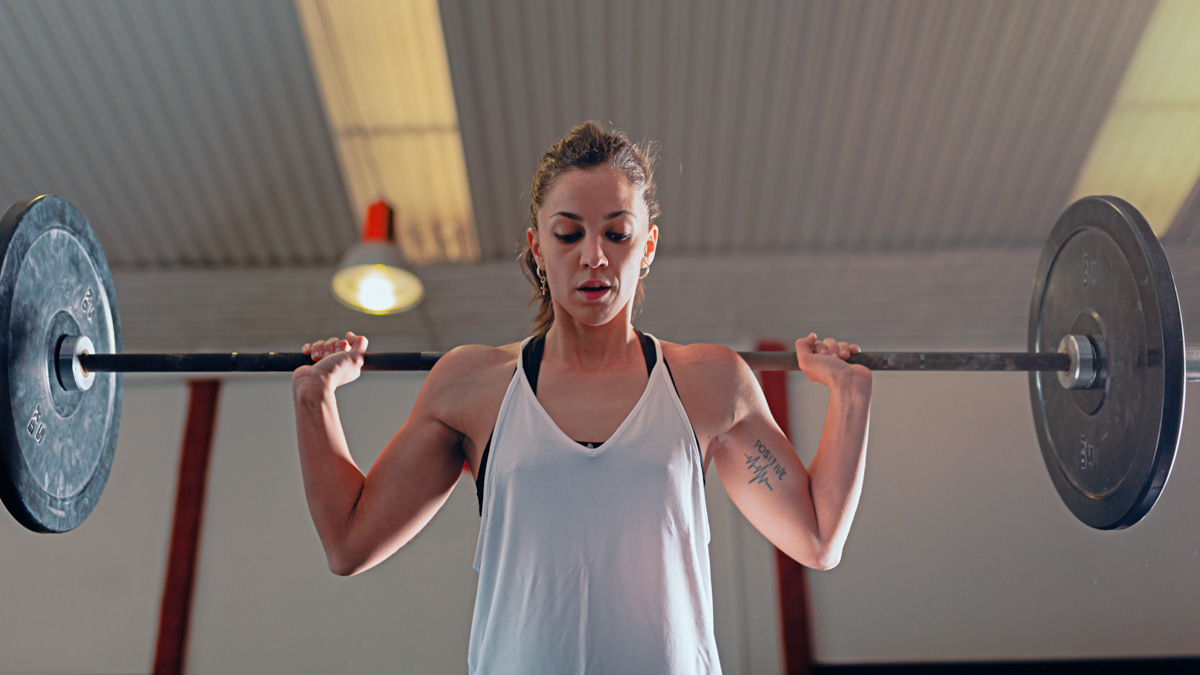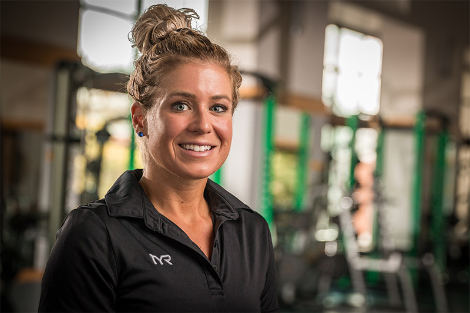We read and hear all the time how important it is to bring more women into the sport of triathlon. Organizations like “Women for Tri” and many others promote women’s participation and provide valuable resources for women. There are women-only race teams, women-only triathlon apparel companies and women-only gyms.
Still, what is largely missing from the domain of female athlete training is a more widespread basic understanding of female physiology and how to work with it, not against it, to achieve the best possible results for an individual female athlete.
Often, women lack the understanding of the connection between their training and performance and their hormonal fluctuations. Not having the insight into these connections often leads to frustration, worry that the training program is not working, mental burnout, etc. Coaches frequently have no idea what symptoms their athletes are experiencing and honestly often lack education on women’s physiology. This causes a disconnect with the female athlete, who is left to figure things out on her own.
These hormonal fluctuations, many triggered by contraception, can seriously impact women’s training. Before we get into the various effects of contraception, let’s set the stage for coaches working with female athletes and how to improve performance.
Open Conversations with Female Athletes
The first step in closing this gap is to normalize the conversation between coaches and their female athletes around female physiology, menstrual cycle, menopause, perimenopause, hormonal fluctuations and contraception methods. All the symptoms female athletes experience are commonly related to the natural physiological processes in women’s bodies.
If female athletes are willing to, these important topics should be discussed and be part of the intake form or very early communication between a coach and an athlete. There is basic menstruation tracking in TrainingPeaks to help coaches correlate cycles in training with women’s cycles. We can freely talk about training zones and nutrition; we should also be able to talk about these natural processes that affect half of the population.
Educate Yourself on Women’s Physiological Processes
Before this conversation can happen between coaches and athletes, coaches need to have a basic understanding of different life stages, changes in women’s bodies as they age and the impact of various contraceptive methods women may use.
The adult female population can be divided into several subgroups based on where they are in their life stage: eumenorrheic (regularly menstruating), perimenopausal women (irregular menstrual cycle preceding menopause), menopausal women (permanently without menstrual cycle) and contraception users (any various contraceptive type, which we will go into further). Each of these groups has unique physiological responses to hormone changes.
Natural Cycle Athletes
TrainingPeaks published an article describing the phases and the best training approach for menstruating women. It is a great starting point for coaches to get an idea of how to work with women and optimize training based on where they are in their menstrual cycle. However, this covers only a portion of the female population. We’ll get into the details of implications for women training and racing with a natural cycle in another article coming soon.
Perimenopausal and Menopausal Athletes
Perimenopausal and menopausal women have unique challenges in their training. Menopause is usually associated with myriad symptoms: loss of muscle mass and bone density are the main issues that affect athletic performance. But then there are also hot flashes, mood swings, weight gain, sleep issues and brain fog, to name a few others.
Additionally, the body becomes more resistant to training stimuli as hormone levels decline. As a result, these athletes need specialized nutrition, diet and sleep guidance. Training needs some adjustment toward shorter, harder intervals as this is most effective at combating muscle and bone density loss. Strength sessions should be included in every program designed for this population.
Athletes Using Contraception
Now, let’s get into the specifics of contraception and athletes. According to the National Center for Health Statistics publication, as of Dec. 2018, nearly 65% of women in the United States were using some form of contraception. The most common methods were female sterilization (18.6%), oral contraceptive pills (12.6%), long-lasting reversible contraceptives or LARCs (10.3%) and male condoms (8.7%).
Basic knowledge of these options can help coaches provide more individual attention and programming for their female athletes when the athletes are comfortable sharing this kind of information with a coach. Being a female coach and an athlete myself, I find that most women are willing to share information about their cycle and/or a method of contraception if they know-how the information is being used and how it can benefit their training.
When a woman goes to a doctor’s office asking for a method of contraception, she often does not receive information on what will happen in her body because of the chosen method. The pros and cons being given in order to decide usually revolve around the insurance coverage, out-of-pocket costs, length of use and convenience.
It is typically up to the female athlete to do her own research and understand what an option will do to her body. Young athletes often only consider the ease of use and do not fully understand the bigger picture of introducing a foreign substance into their bodies. This group of athletes, in particular, may benefit from a knowledgeable coach who understands what may be happening in female bodies based on the natural cycle or one of the methods of contraception.
So how do these different methods of contraception work, and how do they affect women’s bodies and their ability to train and perform?
Sterilization
Female sterilization (tubal ligation) and male condom usage do not affect women’s sex hormone fluctuations throughout the menstrual cycle. These women continue to menstruate, and the ovaries continue to produce sex hormones. These women can follow the natural cycle women training programming that is adjusted based on the phase of the cycle: early follicular, mid follicular, ovulatory, mid-luteal and late luteal.
The pre-menstrual late luteal phase, which occurs after ovulation and before the onset of a period, is a crucial window of significant hormonal decline and has been almost exclusively ignored in sports science research. Yet, it is in this pre-menstruation phase and during the subsequent early follicular phase (menstruation) where the adverse symptoms in athletes are most prevalent and where there is an increased likelihood of a need for extended exercise recovery and compromises to training and performance expectations.
Long-Lasting Reversible Contraceptives
LARCs – can be divided into hormonal and non-hormonal contraception methods. Hormonal options include hormonal IUDs (intrauterine devices), Implants and Minipill (progestin only). These contraception methods work slowly, often over several years, by releasing the hormone progestin – a synthetic form of the female pro-gestational steroid hormone progesterone.
One of the benefits of hormonal methods that make it extremely attractive to women is the ability to lose their menstrual cycle or significantly reduce bleeding periods completely. Amenorrhea (the absence of menstrual bleeding) is possible with all progestin-only methods. This may present a problem and is truly relevant to the young female athlete population, especially high school and college athletes, when female athletes may have LEA or RED-S — very serious conditions. And, because of the lack of a natural menstrual cycle, one may not realize it until after a significant decline in performance and health is noticed.
Coaches should monitor these athletes and make sure athletes themselves are aware of these conditions and have adequate energy intake for their sport.
The non-hormonal LARC option uses a copper-based intrauterine device, ParaGard being the most well-known brand. It is a hormone-free intrauterine device wrapped in a small piece of copper and works by creating a toxic environment for the sperm, and it does not release any hormones. With this method, women’s sex hormone fluctuations do not change, and their training can follow the same protocol as natural menstruating women.
However, one of the significant side effects of this contraception method is severe and prolonged bleeding that women may experience. This is the leading reason why women discontinue the use of this contraception method. For athletes, it may present a big problem as severe bleeding may cause iron deficiency in a woman’s body, impacting recovery and, consequently, training and performance. Again, if both athlete and a coach communicate and are aware of the possible side effects, preventive measures can be taken to mitigate the side effects of this method of birth control.
Oral Contraception
Oral combination birth control pills, also known as “the pill,” are oral contraceptives that contain synthetic estrogen and progestin. Approximately 25% of women aged 15 to 44 who currently use contraception reported using the pill as their method of choice. Combination birth control pills work by preventing ovulation – if there is no egg released, the pregnancy cannot happen.
The pill’s hormones override women’s natural level of hormones and stop follicles from maturing and releasing eggs. This is great for contraception, but it interferes with the biological signaling between the brain and ovaries, and the brain gets used to not signaling the ovaries to make hormones. Some of the most common side effects women experience are elevated blood pressure, feeling tired or sleepy and hypoglycemia (low blood sugar).
It is also well known that oral administration of synthetic female sex hormone derivatives alters the concentration of anabolic and catabolic hormones in plasma, whereas systemic delivery of unmodified hormones does not. Recent research also indicates that pill users’ recovery metrics differ from those with a natural menstrual cycle, and there are reduced indices of adaptation to stress across all pill phases.
In conclusion, there is no perfect contraceptive solution for everyone. Hormonal contraception methods, whether they release the hormones locally impacting the female reproductive system or taken as a pill, have a systemic effect on the body, ultimately affecting mood, immune function and cognition while also depleting nutrients within the body. Non-hormonal contraceptive methods may have a negative impact on both the duration and volume associated with menstrual periods. Sterilization brings with it a permanence that is not appropriate for many athletes. Male condoms have some drawbacks as well, not the least of which is that this method is the most likely to be occasionally bypassed. Contraception brings with it a complex decision-making process.
Helping Women Reach Their Full Athletic Potential
Every female athlete has their own specific situation, and we, as coaches, can help by making sure the athletes have all the appropriate knowledge at their disposal. As a woman coaching women, I’ve had to educate myself through various resources and personal experiences to serve my clients best.
Keeping athletes informed on how and why workouts are structured around their cycle, providing some insights on contraceptive options and their possible effects on training and recovery, and understanding how female physiology can be leveraged to increase performance are some ways that we can help build the female population in the sport of triathlon. If female athletes can continue to gain knowledge specific to them, there will be less frustration and increased performance.









